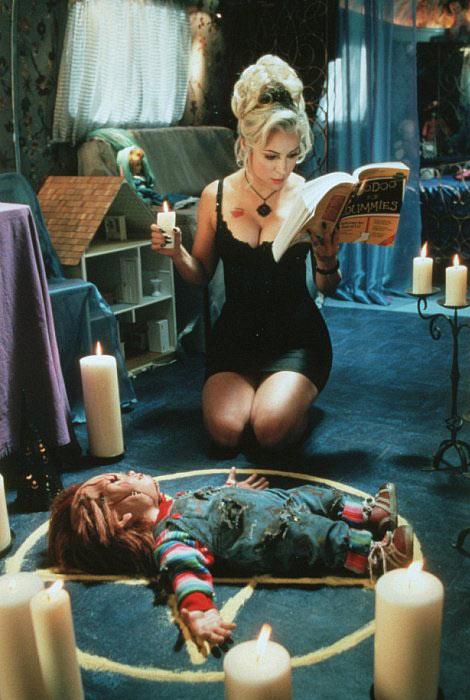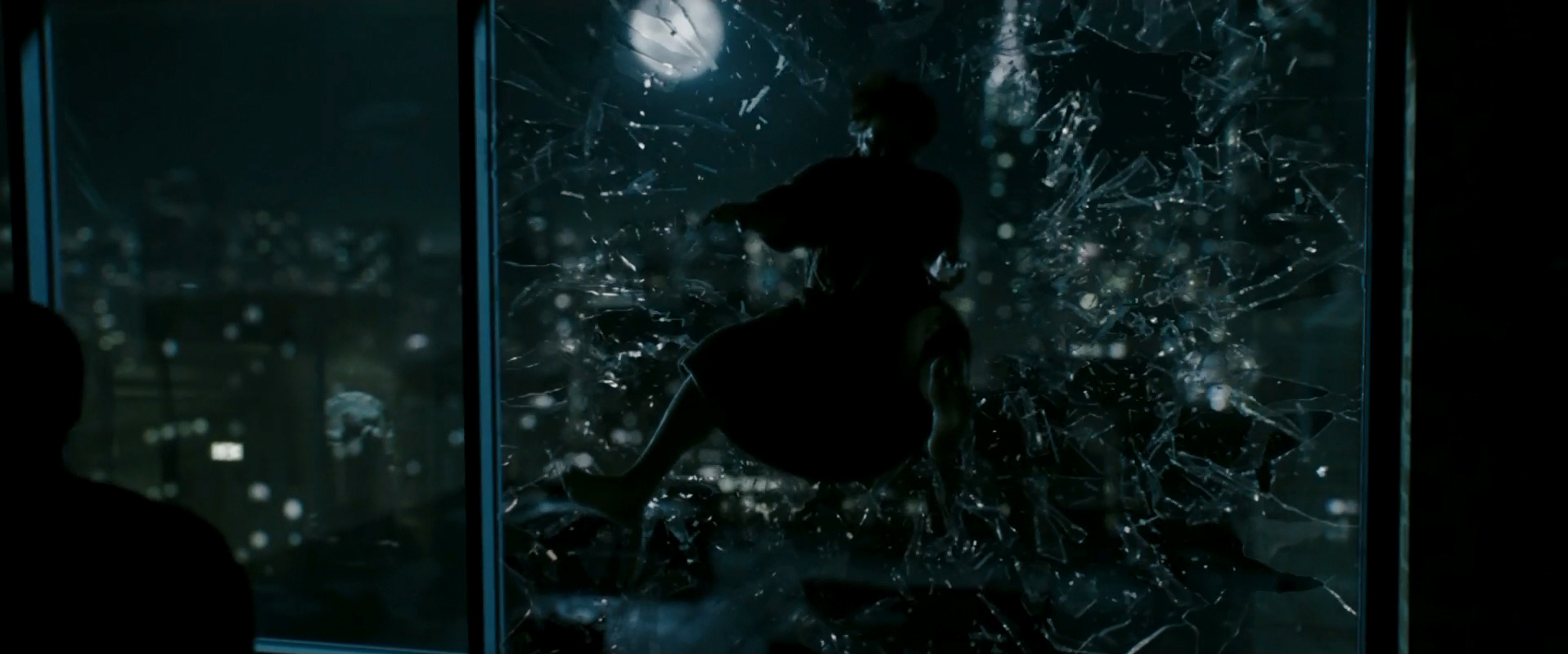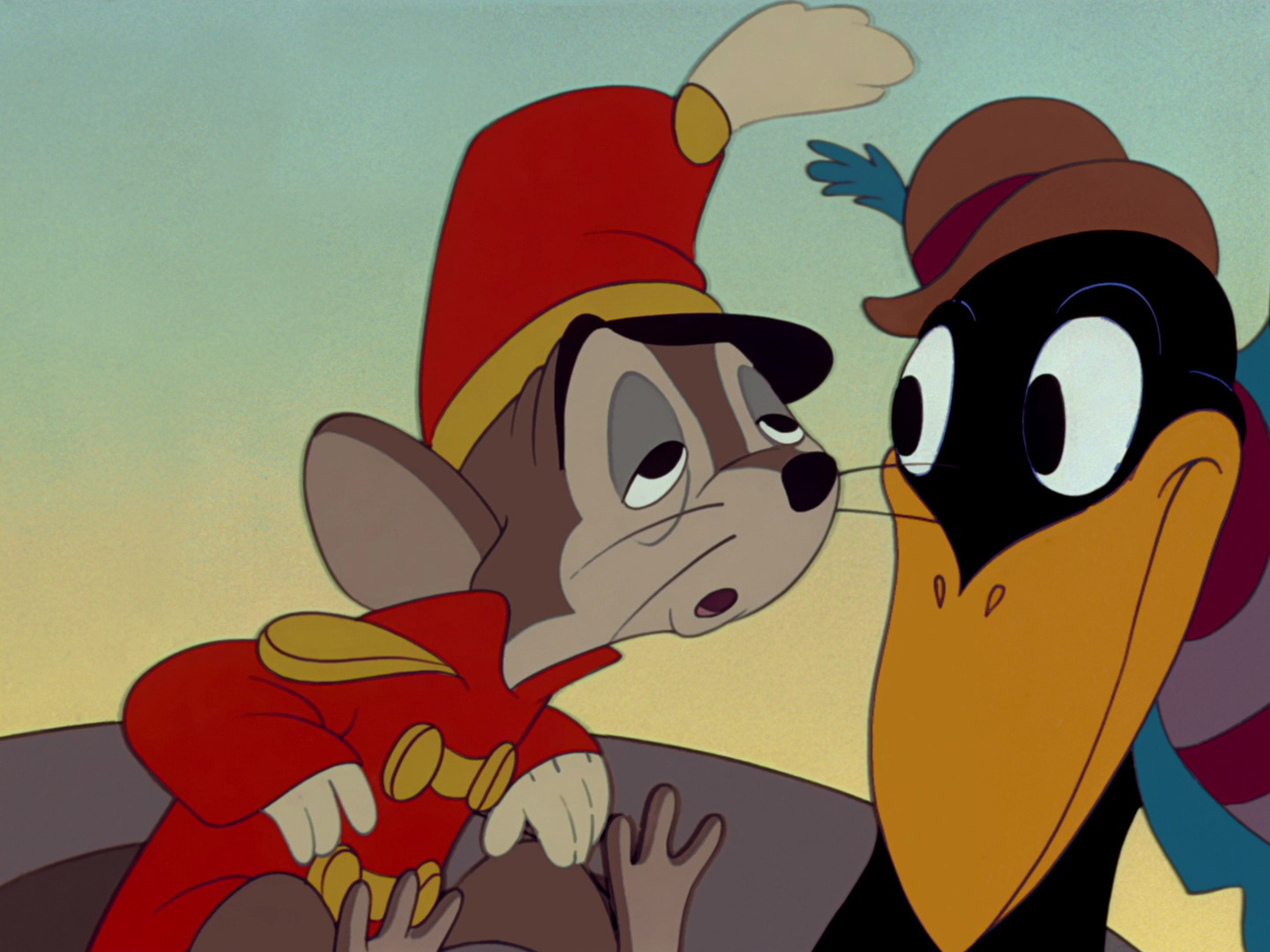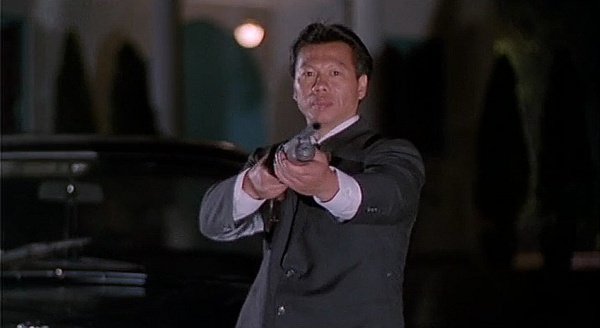Before The Lego Movie (2014) completely shot the small building block toy into moviegoers' spotlights, the LEGO company had long since prior to that adapting their products for all kinds of popular franchises. Whether it is Star Wars, Indiana Jones, Harry Potter, Lord of the Rings or anything else that was well incredibly lucrative at the time, the LEGO company had something for it. As superheroes became more bankable during the rise of the Marvel Cinematic Universe, LEGO was able to make even more products. The same went for DC comic characters as well. The difference between the two comic book giants was that Warner Brothers Studios owned the rights of the main DC comic properties to be shown in movies; while Marvel wasn't included. This is validated with when viewing of The Lego Movie (2014) because Superman, Green Lantern, Batman, Wonder Woman and couple others had appearances during the film.
 |
| "I'd like to thank the academy..." |
Yet before this, the DC characters did have a small movie of their own. Enter Jon Burton; a game designer and video game director. With permission he was given the chance to direct and co-write his first home video (which was this). The other writer involved with Burton was David A. Goodman, a TV writer who has sporadic work over multiple genres. With that, these two managed to make a decent little video that's largely enjoyable to sit through. After losing the "man of the year" award to Bruce Wayne (Troy Baker) and with election day being a day away, Lex Luthor (Clancy Brown) hatches a scheme that involves having The Joker (Christopher Corey Smith) persuading his non-believers. Once Luthor breaks The Joker out of Arkham Asylum, Batman & Robin (Charlie Schlatter) head out to find out what's going on. As an overall story it's fun fluff but it feels more like an extended TV episode more than an actual movie. Its running time is too short to really be considered a movie.
What's cool to see that was written into the screenplay was the inclusion of several other popular DC characters. Perhaps the whole payoff doesn't feel like all characters had equal screen time but it is fun to watch. The characters that get the most screen time are Luthor, Joker, Batman, Robin and Superman (Travis Willingham). As for other characters, fans will get to see villains and heroes. Whether it be Catwoman, Baine, Two-Face, The Riddler, Harley Quinn, Cyborg, The Flash, Martian Man-Hunter or Wonder Woman, one fanboy/girl will have their fill at some point. As for any film aficionado, they too will have fun picking out the various other voice-actors that have different roles like Rob Paulsen, Brian Bloom, Steve Blum, Cam Clarke and others. Plus, the voice actors chosen for the roles fit well. Perhaps the only character that comes off somewhat obnoxious is Robin who is portrayed a lot like Adam West's Robin from the mid 1960s. It’s all in good nature and goofy fun but this batman-dependant Robin isn't as likable.
It is fun to see though when Batman and Superman interact. Everyone fan knows that they have polar opposite personalities and to see how they talk to each other is funny. The entire film was created via CGI for animation, thus the fluidity of character movement gives them the ability to flex further than actual LEGO characters. For the sake of the film, more articulation allows the characters to express more emotion but it is deceptive to kids who are just being introduced to LEGO. LEGO characters are much more rigid and this is why The Lego Movie (2014) is the best representation. LEGO movies should actually be made by stop motion animation. It is much more realistic and is more tangible by the naked eye when put on screen. The action is fun to watch throughout as well. There are lots of explosions and chases. However the best part for most people is when every known character is on screen. All that fan service.
 |
| Yeah,....LEGO models can't stand like that |
The cinematography provided by Jeremy Pardon looked nice too. Since this is a LEGO film, the ability to be creative in choice is necessary. After all, everything in a LEGO film is a building block to something else. Being that this is his only cinematography credit, he deserves it. There's plenty of smooth moving shots that allow the viewer to get a feel for the setting where each scene takes place and that's with the lighting being dark too. It is questionable though to why a cinematographer would be needed for an all CGI film. What actually needed to be physically filmed again? Rob Westwood who has created music for films prior to this composed the film score. And although the music is memorable and has main themes, it is only because many of the tunes are borrowed from John Williams' music from Superman (1978) and Danny Elfman's from Batman (1989). Is it acceptable, no...but again it matches everything nicely and works with the characters. So it sort of nulls that it was even taken from to begin with.
Aside from a short running time for a mini Justice League film in LEGO form and the Robin character feeling too similar to the campy version from Adam West's Batman, it's fun fluff. The voice actors match their roles, the action is amusing, the music (although borrowed) is memorable and the CGI camerawork is creative.
Points Earned --> 6:10





























